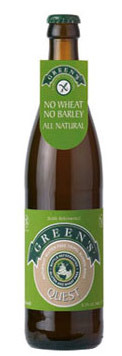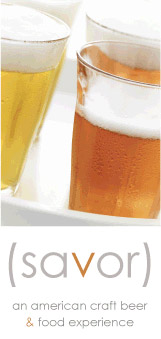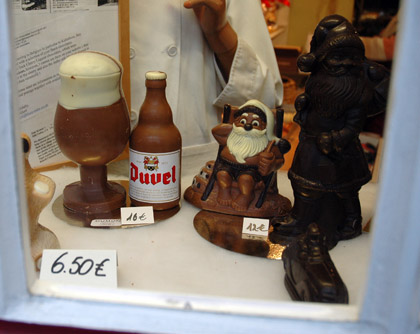 Patrick Emerson has been kind enough to the work of Vic and Carol Tremblay in analyzing the merge of Widmer Brothers Brewing and Redhook Ale Brewery, giving me an excuse to mention that and also offer something of a review of their book, The U.S. Brewing Industry: Data and Economic Analysis
Patrick Emerson has been kind enough to the work of Vic and Carol Tremblay in analyzing the merge of Widmer Brothers Brewing and Redhook Ale Brewery, giving me an excuse to mention that and also offer something of a review of their book, The U.S. Brewing Industry: Data and Economic Analysis .
Please start by reading his post at The Oregon Economics Blog as well as Jeff Alworth’s response (which is what got me to the Economics Blog). Emerson brings up quite valid concerns, particularly the ongoing competitive landscape.
I’m not going to repeat what he said about minimum efficient scale (MES), but expand on it a bit. From the end of Prohibition until the late 1950s the minimum production a brewery needed to reach scale efficiency and be competitive was 100,000 barrels per year. A-B was the largest brewery in the country, producing 8.4 million barrels per year, and Miller was 10th at 2.4 million. (Visit BeerHistory.com for more.) It wasn’t 1880, when we had more than 2,500 breweries, but regional breweries were a competitive force.
MES began to rise dramatically in the 1960s and was 4.5 million by 1973. Now it’s 23 millions barrels, which only Anheuser-Busch, Miller and Coors achieve. And the latter two plan to merge U.S. operations.
With that in mind, although it will still produce only a fraction of that Widhook (as those in the Northwest are already calling this “new” brewery) makes sense. Drawing on Tremblay and Tremblay, Emerson writes: “These are the cold, hard facts: economies of scale exist in beer brewing, they can be quite large and thus the economic incentive is to grow bigger and become more profitable and/or more competitive.”
So what about the fourteen-hundred-and-however-many other breweries in the country?
I’m reminded of what Eric Wallace of Left Hand Brewing said more than 10 years ago: “The large brewers are not tooled to do what we do. They’ll have to build less-than-efficient breweries to make beer like we do.”
And as beer drinkers we need to remember that. Less efficient means more expensive. I won’t climb on on that soap box today, because I promised something of a review of The U.S. Brewing Industry.
– You don’t need the book if you are looking for the best Czech lagers, are wondering what kind of glass to pour a particular beer into, or want to read entertaining essays in the manner of Pete Brown.
– You might enjoy the book if you’re deep enough into American beer history to wonder how and why the beer industry changed from 1950 to 2000. It fits quite nicely with Maureen Ogle’s Ambitious Brew: The Story of American Beer, although it’s not quite the breezy read. It’s an economics book.
– You really should own the book if you want to sell beer in America. Robert Weinberg, who made part of his company’s extensive brewing data base available to the Tremblays, explains why in the foreword:
“The Professors Temblay have hit a home run. In a single volume they provide the theorist with more than adequate basic knowledge of the fundamental operating dynamics of the brewing industry. At the same time, they provide brewing industry executives with an excellent demonstration of how the tools of economic analysis can improve even the most pragmatic managers’ understanding of the environment in which they operate.”
 The easiest way to understand how malt and barley proved over several millennia that they are the best grains for brewing is to drink a gluten-free beer (no barley, wheat or rye).
The easiest way to understand how malt and barley proved over several millennia that they are the best grains for brewing is to drink a gluten-free beer (no barley, wheat or rye). – The Brewers Association has more information about
– The Brewers Association has more information about 